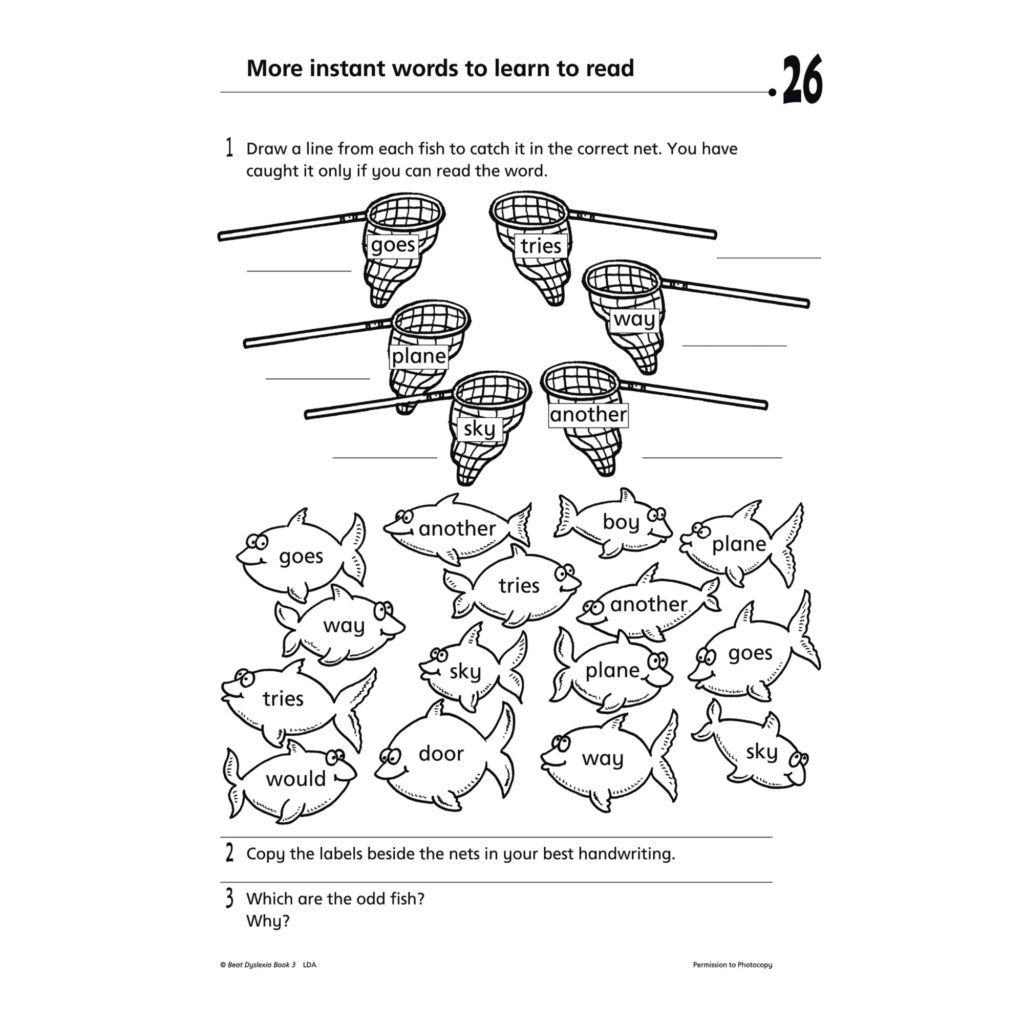Dyslexia is a disorder that affects the ability to read and understand written language, this involves difficulty reciting the alphabet, naming letters and analyzing and classifying sounds, as well as dyslexia, omissions, substitutions, distortions, investments or additions, slowness, hesitation, as well as visual surveillance problems and comprehension deficits are common, however, not all are the same , so we can talk about different types of dyslexia.
To understand the different types of dyslexia you have to understand that in reading there is a two-way process, that is, our brain has two ways of reading the words, visual and phonological, the first of which, the visual journey, is to read. words as a whole, using memory through their superficial aspects; this can only be done with known words, because unknown words are not stored in memory. The phonological path would involve reading one by one a graphema-phoneme transformation, very useful for reading unknown words.
- Now.
- If any of these pathways is damaged.
- It will lead to a particular dyslexia.
- In this article.
- We will talk about the different types of dyslexia that occur when different reading characteristics are damaged.
- In particular.
- We will deal with superficial.
- Phonological dyslexia.
- Dyslexia and profound dyslexia.
People with superficial dyslexia have a selective deficit in the ability to read words with irregular pronunciation, this is a type of dyslexia that doesn’t appear in all languages, since not all languages have words with irregular pronunciation, for example Spanish doesn’t, but English does. Would a manifestation of this dyslexia make it difficult for you to pronounce?Steak? (irregular) talk? (ordinary).
Superficial dyslexia is damage to the visual pathway or direct access to words. They can perfectly read regular words, translating each grapheme into a phoneme, but with irregular words, this strategy is not useful. They also have no trouble reading non-existent or non-existent words. pseudowords, which is further proof of the damage to the shortcut path.
Another key aspect of this dyslexia is that semantic ability is not affected, even if they are not able to read the word correctly, they can still understand it if they say it aloud and pronounce it correctly, so the damage is limited only to the individual’s ability to read.
People with phonological dyslexia have a selective disorder of the ability to read unknown words or pseudowords, while retaining their ability to read familiar words. For example, they would have difficulty reading “Love,” but they might read the word “Love. “”Without any problem.
This shows us that the damaged pathway is the phonological pathway, so people with phonological dyslexia could not translate the words from graphema to phoneme, so they would have difficulty reading words, unknown or non-existent. , which are not familiar to them. On the other hand, once the direct route is intact, they will have no problem reading familiar or familiar words.
In these patients, there is also an additional difficulty reading functional words (or, a, um, ante?). It’s probably because they’re very abstract and contain no content, but the results of the research are confusing and you have to pay attention to phonological dyslexia; because there may be more damage than those directly affecting the phonological route.
At first glance, superficial and phonological dyslexia appears to deplete the chances of injury consequences in a two-way model; however, there is another pattern between the types of dyslexia: deep dyslexia, which despite its similarity to phonological dyslexia, has one. defining characteristic: semantic parallels.
Semantic parallelxia occurs when the subject, instead of reading the written word, produces a different word, but with a meaning related to the original. For example, given the written word “girl,” the patient is likely to say the word “sister. “”This is a very interesting phenomenon, indicating the existence of injuries when determining the semantics of words.
Another key aspect that shows us semantic damage is that the imagination of the word shows the degree of difficulty reading. That is, in concepts for which it is difficult to build a mental image, the reader performance will be less good; on the other hand, in concepts that are easy to represent mentally, the performance in reading will be better, which shows us that there are difficulties when searching for the word in the semantic network and, therefore, the more mental data we have about it, the easier it will be to locate and read it.
Dyslexia is a complex disorder that provides us with a lot of information about how our ability to connect with language works, understanding the different types or categories helps us understand the structure and functionality of language, so thorough study and research are critical if we want to understand in depth the fundamentals of communication and detect the source of potential failures.

